☕ Welcome to The Coder Cafe! Today, I wanted to share a book that had a huge impact on how I organize my personal and professional knowledge: Building a Second Brain by Tiago Forte. Get cozy, grab a coffee, and let’s begin!
A Decade of Failures
For over a decade, I failed miserably at keeping an effective note-taking system, mostly for two reasons:
I never had a single, centralized place. I used to rely on a combination of Notion + Apple Notes + a physical notebook + Kindle highlights + Anki.
I didn’t have a system that was generic enough. I had a different format pretty much every time: book summaries, posts, computer science notes, mistake journal, personal growth notes, and so on.
The result was a messy system that didn’t scale. I kept losing knowledge, and it made learning inefficient. When we read or watch a great resource but don’t capture what we learned from it, chances are high that within a few months or even weeks, that knowledge fades away. That’s what kept happening to me.
In a world full of content—social media, work, books, courses, podcasts—being able to extract and retain working knowledge isn’t optional; it’s necessary if we want to keep growing as an engineer and as a person.
Let’s discuss an approach to solve this problem.
Second Brain
One of the first sentences in the book hooked me:
Your mind is for having ideas, not holding them.
Our brain is great for processing ongoing tasks, but it’s not meant to retain everything. Over time, it lets go of unused ideas to make room for more relevant ones. This process, referred to as synaptic pruning, helps us adapt, but it also means we lose what we don’t externalize.
That’s the promise of a second brain: a place to offload notes and thoughts, avoid losing knowledge, and build on it over time with new ideas.
Before switching to the second brain approach, I also struggled with my notes because I wanted everything to be perfect. That drained a lot of time and energy. But one paragraph from the book really shifted my perspective:
We have to remember that we are not building an encyclopaedia of immaculately organized knowledge. We are building a working system. […] For that reason, you should prefer a system that is imperfect, but that continues to be useful in the real conditions of your life.
That changed everything for me. I stopped chasing perfection and started building something that simply works, something that supports me every day, both at work and in my personal life.
What I found enriching is that the book presents not just a system, but also a mindset. Let’s start with the latter.
Mindset
Knowledge work is about taking information and turning it into results, for example, delivering on a project. All day, we consume and then produce:
The problem with this approach is that most of the information that we will gain will eventually be lost. Sure, we might remember the most important parts for a while. But what about the rest? It will fade, eventually.
What we miss is a feedback loop, a way to recycle information into knowledge that we can reuse later:
That’s what a second brain gives us: a way to turn information into assets we can reinvest in the future.
Another interesting idea in the book is to stop seeing notes as a flat list of things we’ve saved. Our notes can become building blocks, meaning pieces that help us create new ideas later on.
That’s a powerful shift: notes aren’t just storage, they’re raw material for thinking. They can connect and evolve into new ideas. Being able to track down all your notes in a single place makes those connections easier to spot and build on.
One last point I wanted to discuss: creativity. Here’s the definition given by Neuroscientist Nancy C. Andreasen:
Creative people are better at recognizing relationships, making associations, and connections.
A second brain is not only a memory tool, but also a thinking tool. Keeping an effective system to track down notes and ideas becomes a great tool to improve our creativity. Remember: creativity is not a talent, it’s a way of operating.
NOTE: Did you enjoy this punchline? It’s coming from a note I hold on creativity in my second brain 😎.
System
In this section, we’ll delve into what a note really is, how to take notes effectively, and then go over the PARA system presented in the book.
Notes
So, what’s a note? The author defines it this way:
A piece of content, interpreted through your lens, curated according to your taste, translated into your own words, or drawn from life experience, and stored in a secure place.
Let’s go over the different parts of that definition.
First, a note is something to use, not just to collect. Again, we’re not building an encyclopaedia, we’re building something that works for us. For example, if we’re interested in public speaking, we don’t need a note on every single resource we read or watch.
Instead, the author suggests asking a few questions to decide what’s worth capturing:
Does it inspire us?
Is it useful?
Is this personal?
Is it surprising?
Ultimately, we should capture what resonates.
For example, we may have read this amazing book that everyone is talking about and discover that it doesn’t resonate with us at all1. Conversely, we may have watched a 30-second video that had a profound effect on us and triggered emotions. In this case, it’s better to spend some time creating a note on this video rather than the book.
When something resonates with us, it’s our emotion-based, intuitive mind telling us it’s interesting before our logical mind can explain why.
How to Take Notes
Every time we take a note, we should ask: “How can I make this as useful as possible for my future self?”
One way to do that is to be mindful of our future limited time. Instead of tracking dozens, if not hundreds, of lines, we should focus on finding the essence, meaning the heart and soul of what a resource is trying to communicate.
But in some cases, that’s barely possible. For example, I recently read the F1: A distributed SQL database that scales whitepaper. How can we capture the essence of such a dense technical document containing so much valuable information?
The solution, brought again by the author, is to use the progressive summarization technique. In short, it’s about layering our notes:
Layer 1 - Captured notes: Either a copy and paste or even better writing, down in our own words what we understood from it.
Layer 2 - Bolded passages: Go over the captured notes and mark in bold the most important pieces.
Layer 3 - Highlighted passages: Go over the bolded passages and highlight the most important pieces.
Layer 4 - Summary: Write down a summary.
Here’s an example from my F1 whitepaper notes. I created two main sections: Summary and Highlights.
Layer 1: In Highlights, I captured all the raw content, for example, on locking.
Layer 2: I bolded the passages that were most interesting to me.
Layer 3: I highlighted the most important parts.
Layer 4: I wrote a summary section with the ideas that were the most interesting for me.
In the end, the note looks like this:
# Summary
- ...
- ...
- ...
# Highlights
## Architecture
## Data model
## Locking
## Etc.This approach allows me to come back later and start with a quick summary to refresh the main ideas. If I need a bit more, I can scan the bolded and highlighted passages. And if I really want to dive deeper, I can go through all the highlights.
Of course, every layer is optional. If we consider that a resource only needs layers 1 and 4 of summarization, or just 1 and 2, that’s perfectly fine.
Again, our second brain should be something that works for us.
PARA
The PARA system is at the core of the book. It’s a proposition on how to organize our notes. It is designed for actionability, with layers of action. To make things clear, a note can be assigned to one of the following domains:
Project: A short-term effort with a possible due date and a clear outcome that needs to happen in order to mark the project as complete. For example, publish a blog post about second brain.
Area: Ongoing responsibilities, what we are committed to, and what requires constant attention.
Resource: A catchall for anything that doesn’t belong to a project or an area.
Archive: When a note becomes inactive or outdated, we can move it to the archive.
NOTE: The distinction between area and resource wasn’t immediately clear to me, so here’s how I think about it.
I enjoy both fitness and climbing. But I’m only committed to fitness. I try to eat healthy, work out regularly, and so on. Climbing, on the other hand, is something I enjoy, but I only go from time to time. So in my system, fitness is an area, and climbing is a resource.
The PARA system has two main benefits.
Clear focus: We’re not mixing short-term efforts with long-term maintenance. It helps us focus on outcomes and next steps rather than just piles of information.
Genericity: PARA can handle all kinds of notes. It organizes information based on how actionable it is, not what kind of information it is.
As I said, I used to lack a system that was generic enough to track all my notes. Now, whether it’s a book I read, a course I followed, or a post I came across, I capture everything that resonates with me using the PARA system.
Notion
To implement the second brain, I used Notion, which I think is a fantastic tool with a lot of flexibility and configuration options.
If you don’t want to build your own second brain from scratch, you can check out this online tutorial:
Or, you can use my personal Notion template. This is the setup I use every day to track notes, growth tasks, my to-do list, areas, resources, and more.
Conclusion
In summary, the second brain method presented in the book follows the CODE system:
Capture: Keep what resonates, leave the rest aside.
Organize: Save for actionability (project, area, or resource).
Distill: Find the essence of what a resource communicates.
Express: Show your work based on the knowledge you gained.
Unless you’re a super memory genius, I strongly recommend looking into building a second brain. As we discussed, our brain should be for having ideas, not holding them.
Maybe the ideas in this post won’t fit you exactly, and you’ll come up with your own way of tracking notes. However you approach it, building a second brain has been incredibly important for me, and it might be for you as well.
📚 Resources
More From the Beyond the Code Category
Sources
Explore Further
❤️ If you enjoyed the post, please consider giving it a like. It’s a helpful signal to decide what to write next.
💬 Are you using a second brain system? If not, how do you keep track of your notes and ideas?
The Alchemist, I’m looking at you.



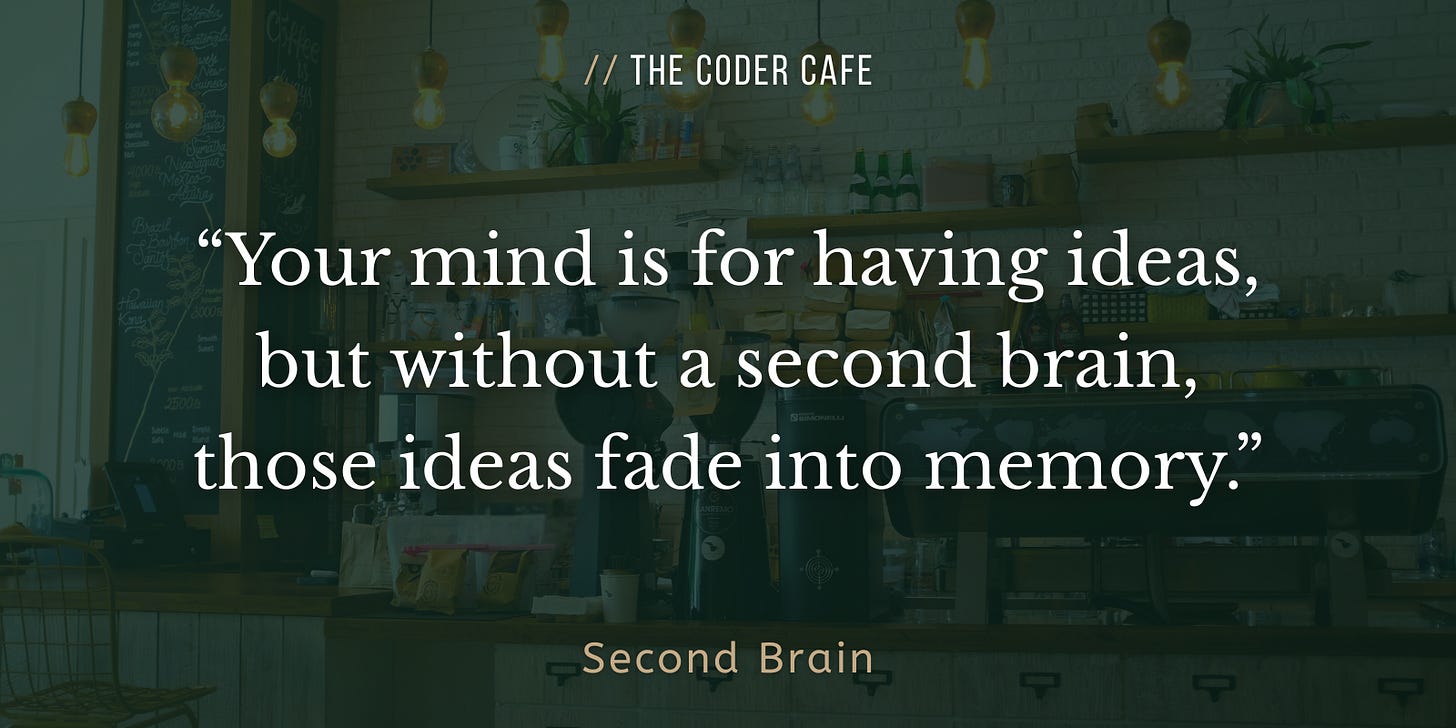

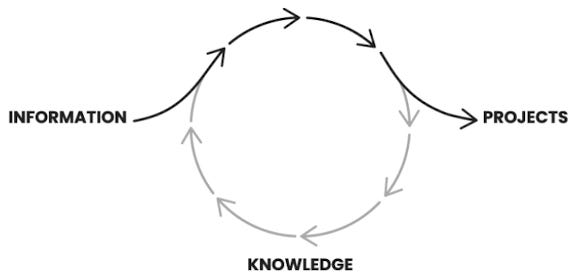
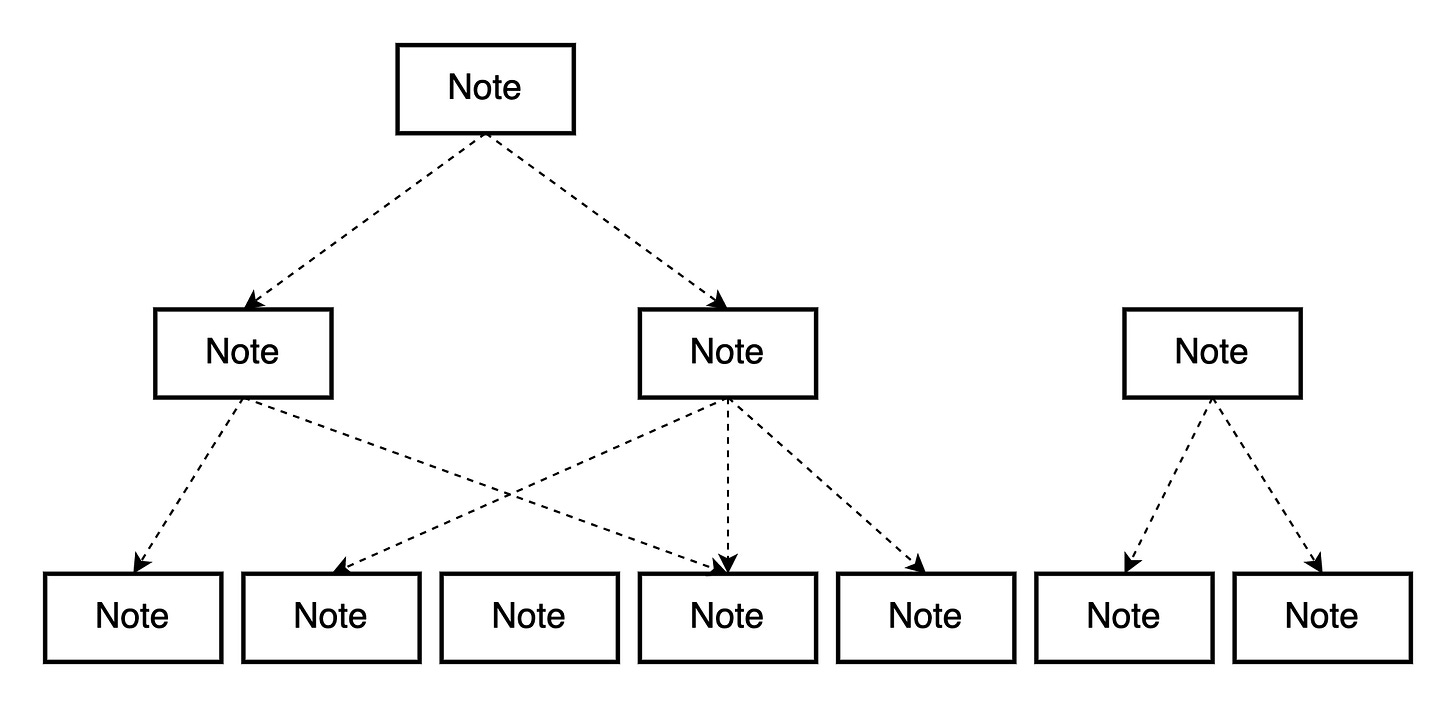
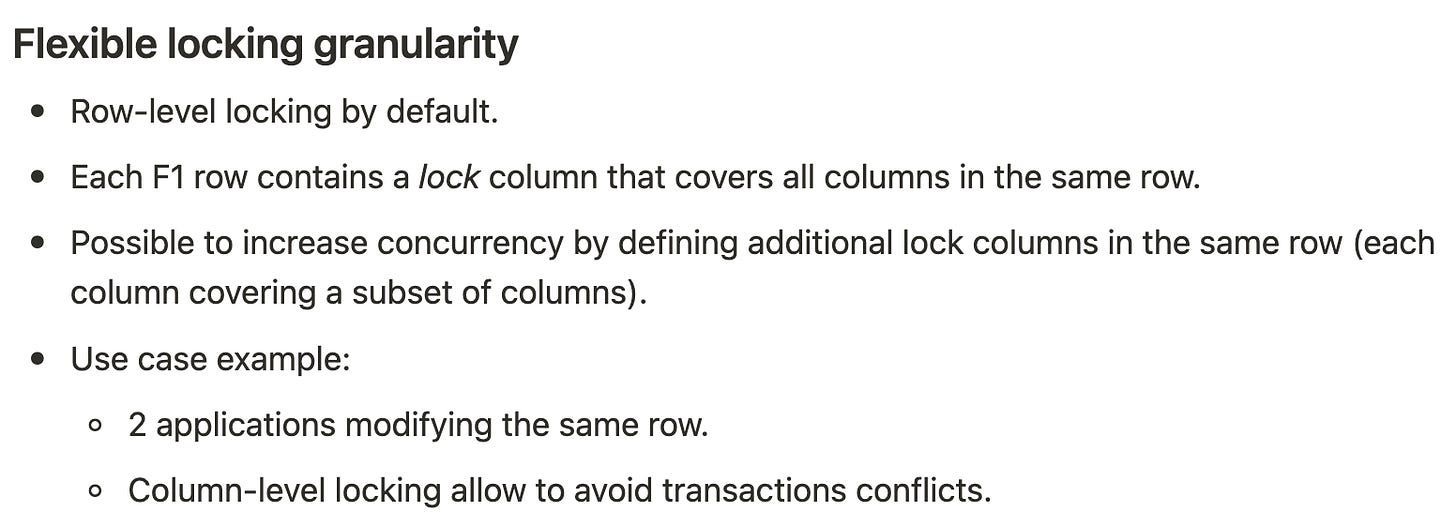
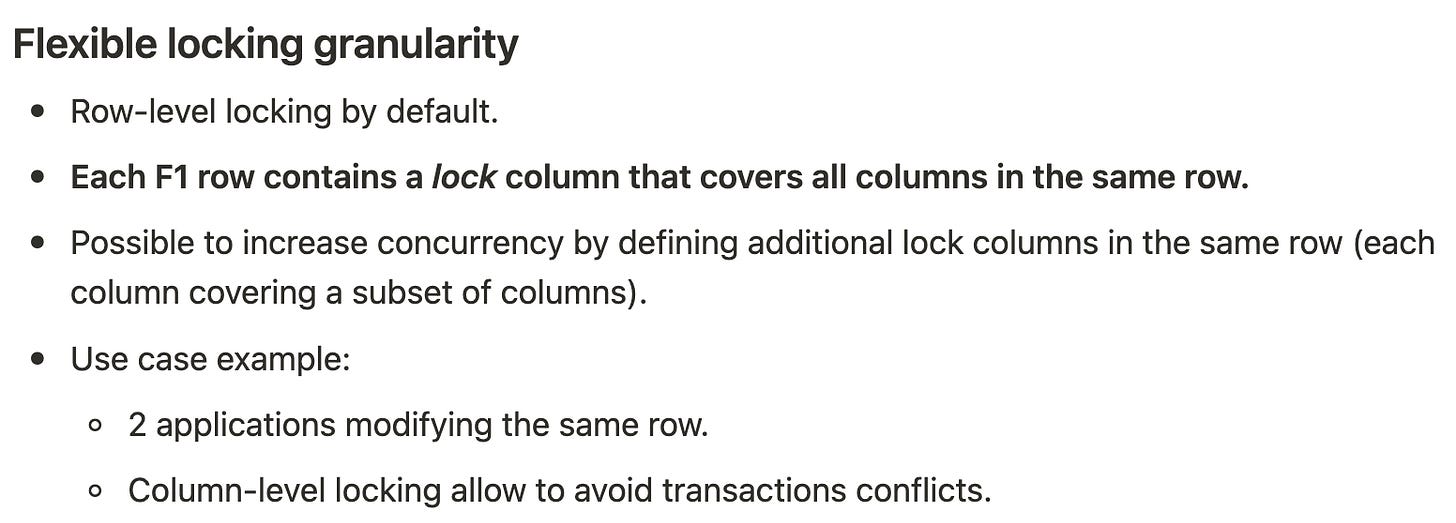
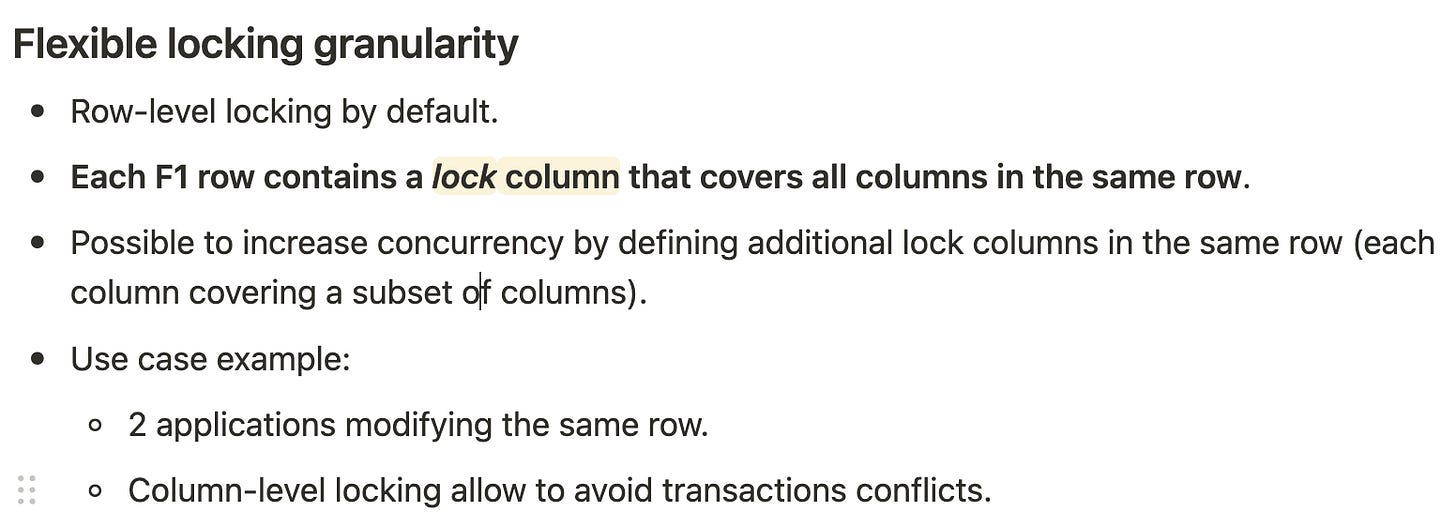
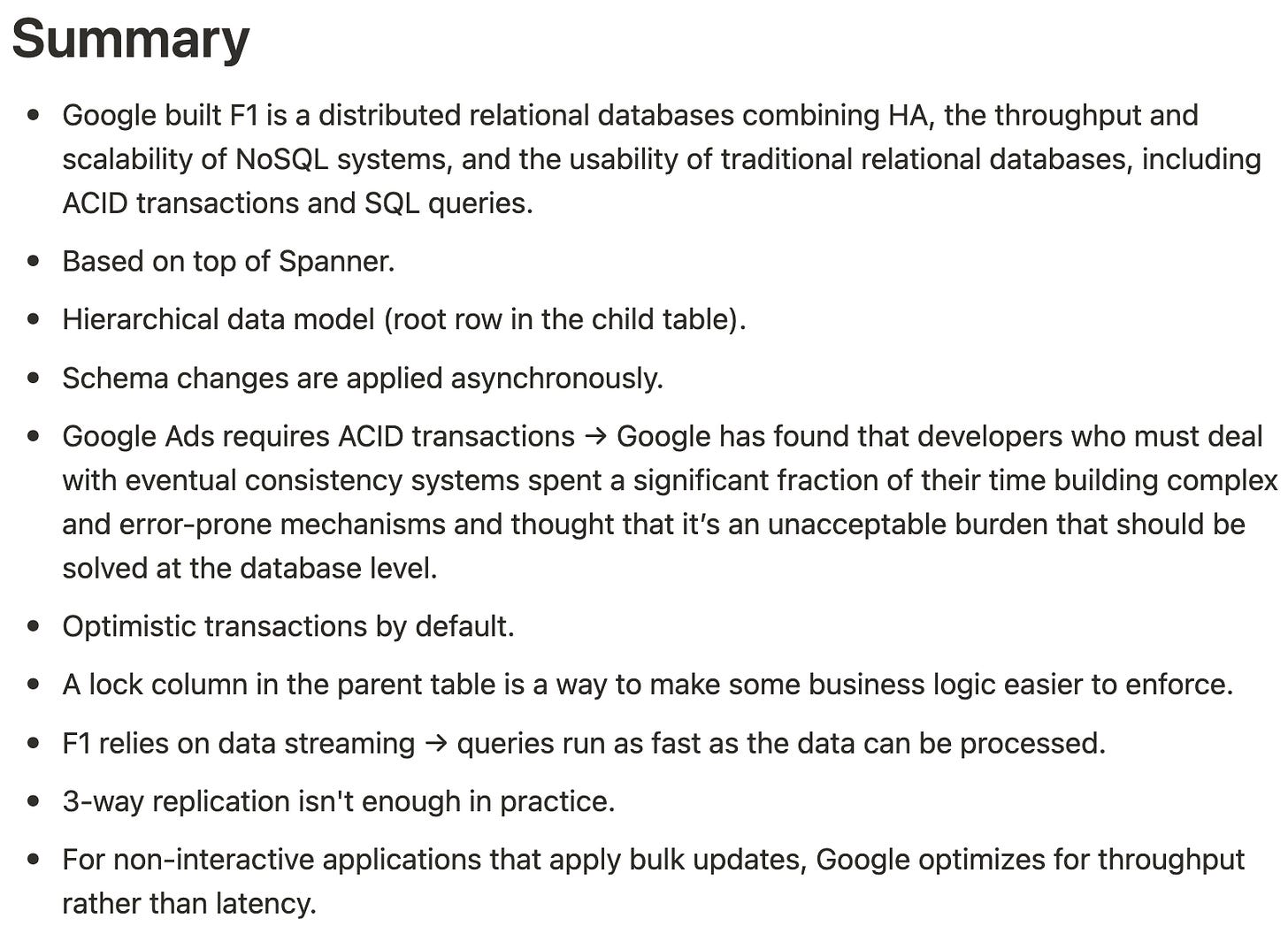
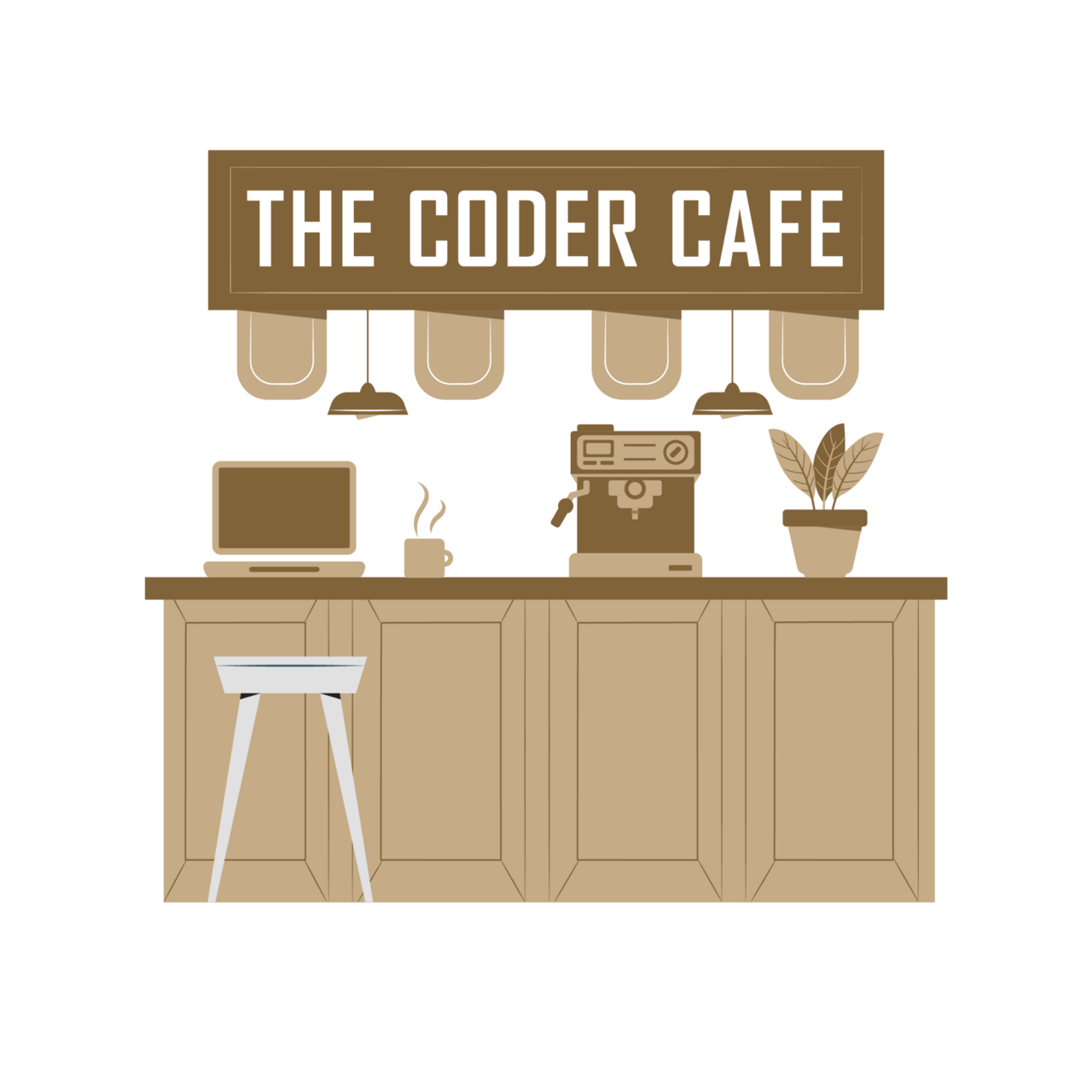
This article arrived when I needed it. I'm starting a company that has 3 components which in various combinations create 4 paths of revenue. It's vital that we organize our knowledge in a way that is comprehensive, but not obstructive, easy to access, and easy to act upon. Your article properly readjusted my thinking about our knowledge system. I will also take a gander at the "Building a Second Brain" book. Thank you.